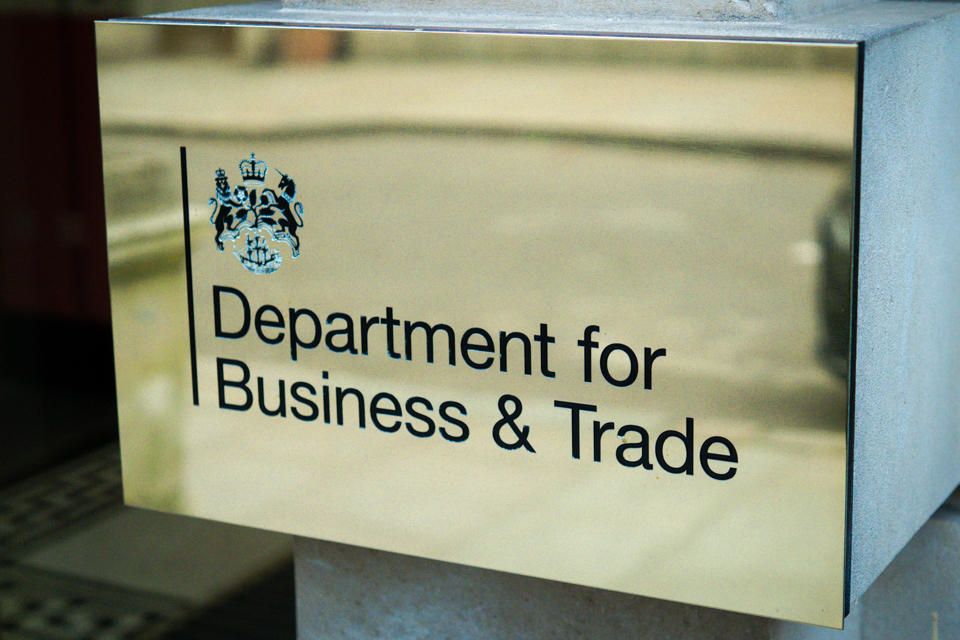State pension set to rise by £460 next year

The new full state pension is expected to rise by £460 a year from April, latest wages data suggests.
Under the arrangement called the “triple lock”, the state pension goes up each year by either 2.5%, inflation, or average earnings growth – whichever is the highest figure.
Earnings figures for the three months to July are used for the yearly increase, and these showed total pay rose at an annual rate of 4%, much higher than inflation.
The news comes as the government faces a backlash over its decision to cut the winter fuel payment for most pensioners.
More than nine million pensioners will no longer be eligible for up to £300 this winter after the Chancellor, Rachel Reeves, announced the introduction of means-testing for the payments.
The inflation rate – the pace at which prices are increasing – has fallen steadily over the past couple of years, although it edged up slightly in July to 2.2%.
This means wage growth is the figure that will set the pension increase under the triple lock rules.
The latest ONS figures imply
- the full, new flat-rate state pension (for those who reached state pension age after April 2016) is expected to increase to £230.05 a week. That will take it to £11,962.60 a year, a rise of £460 compared with now.
- the full, old basic state pension (for those who reached state pension age before April 2016) is expected to go up to £176.30 a week. That will take it to £9,167.60 a year, a rise of £353.60 compared with now.
Last year, the new full state pension increased by £900. However, not all pensioners get the full state pension.
The final figure will be decided by the Work and Pensions Secretary, Liz Kendall, around the time of the Budget and may be different if official earnings figures are revised in a month.
Steve Webb, a former pensions minister and partner at pension consultants LCP, said the new state pension would need to rise by just over £250 just to keep up with inflation.
As a result, only about £210 represents a real increase, “and this is before allowing for the income tax which most pensioners will pay on their state pension rise”.
“Those who lose £200 or £300 in Winter Fuel Payments will therefore still be worse off in real terms next April”.
The increase in total pay – which includes bonuses – measured by the ONS showed a marked slowdown from the previous month’s figure of 4.5%.
The ONS said this was due to one-off bonuses paid to NHS and civil service workers in June and July 2023 not being replicated this year.
Growth in regular pay, excluding bonuses, also slowed to 5.1%, although it is still rising faster than inflation.
Analysts said the continued slowdown in earnings should encourage the Bank of England to cut interest rates again later this year.
Last month, the Bank cut rates to 5% from 5.25%, marking the first cut since the start of the pandemic in March 2020.
It meets again to discuss interest rates next week, although analysts are not expecting further rate cuts until later in the year.
“There will be relief that the once red-hot labour market is well on the way to cooling down,” said Susannah Streeter, head of money and markets at Hargreaves Lansdown.
“With wage growth easing off again, it’ll cement expectations that the Bank of England will deliver two interest rate cuts by the end of the year.”
The unemployment rate in the May to July period slipped to 4.1%, the lowest since the three months to January 2024.
The number of job vacancies between June and August fell by 42,000 to 857,000.
This was the lowest figure for more than three years. although the total is still above pre-pandemic levels.
Related
Why investing in women is a vital next step for…
Get Nadine White's Race Report newsletter for a fresh perspective on the week's newsGet our free newsletter from The Independent's Race CorrespondentGet our fre
Business secretary signals major shift on electric car policy to…
In a determined effort to retain Nissan’s manufacturing presence in Britain, Business Secretary Jonathan Reynolds has vowed to implement “substantial c
Joint Statement: Business Secretary and Fujitsu Services Ltd
Business and Trade Secretary Jonathan Reynolds today (Friday 7 March) met chiefs for Fujitsu in Tokyo to begin talks over the cost of redress for victims of th
UK foreign secretary backs multilateral defence funding for Europe
UK foreign secretary David Lammy has said that a new multilateral fund will be needed to secure Europe’s defence as he confirmed that Britain is “open to”













